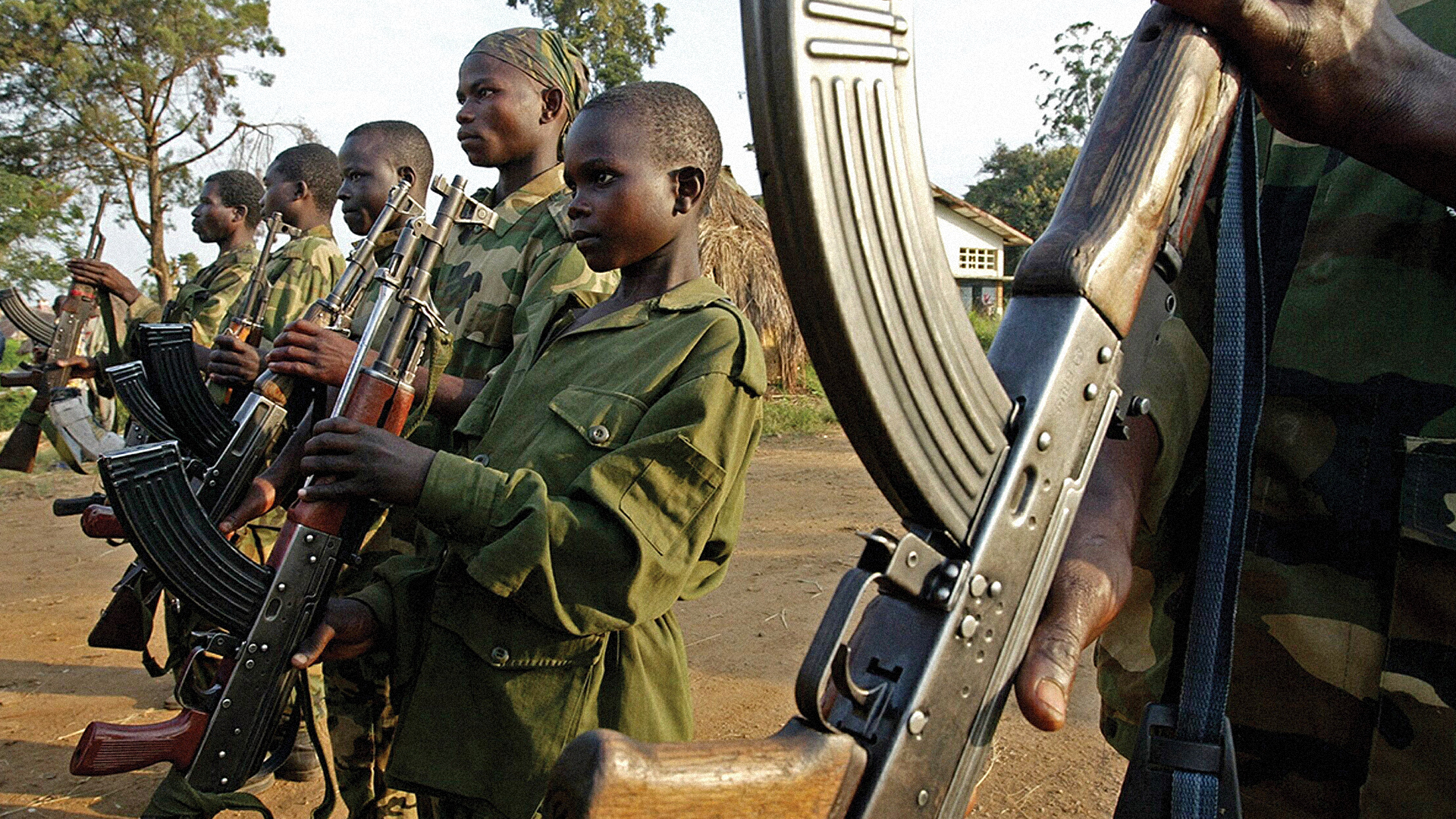WARNING: This article discusses acts of violence and sexual assault. Reader discretion is advised. The Civilian Joint Task Force (CJTF) is fighting militia groups such as Boko Haram and the Islamic State West Africa Province (ISWAP), who recruit child soldiers in Nigeria.
Late last month, a disturbing video was released by militant group Islamic State West Africa Province (ISWAP) showing armed children executing two army officers in uniform.
Two militia groups, Boko Haram and ISWAP, have a track record of recruiting young children as soldiers and suicide bombers, with kidnappings taking place across Nigeria. The government has struggled to get a grip on the crisis and even the independently created CJTF has been accused of illegal activity in order to fight back.
Here is a brief explanation as to the situation itself – as well as the response both from local government and internationally.
What is going on with child recruitment?
According to the United Nations, militia groups have abducted school children, sexually enslaved women, and murdered innocent civilians for years in Nigeria.
The abducted children are forced into military training, drugged with cocaine or heroin, and brainwashed into violent Islamic teachings.
Some of the soldiers serve as spies in unsuspecting communities in order to access information. The two terrorist groups remain united in an insurgency against the Nigerian government, which has expanded to neighboring Chad, Niger, and Cameroon countries.
Child recruitment seems to present in all the countries hosting these militia groups.
In Borno State in Nigeria, kidnappings have caused widespread school closures, and the Civilian Joint Task Force (CJTF) was formed to help fight against the Boko Haram.




















